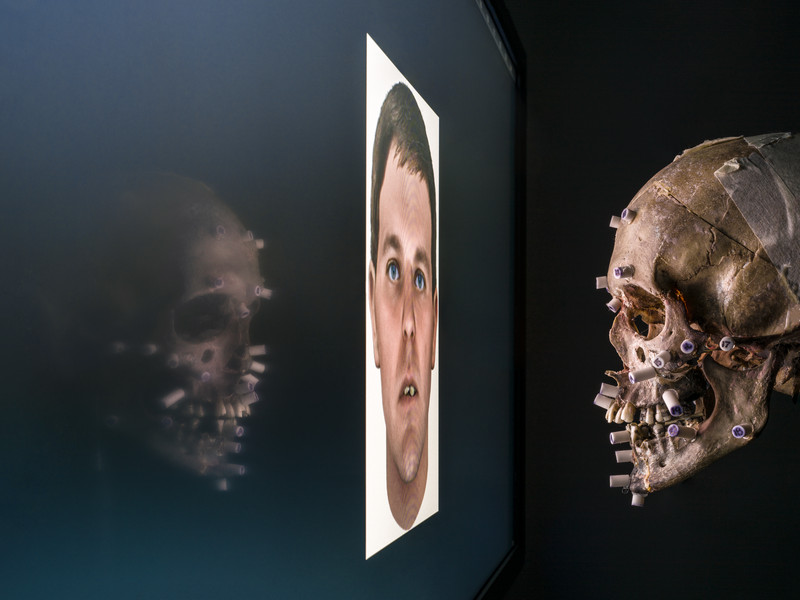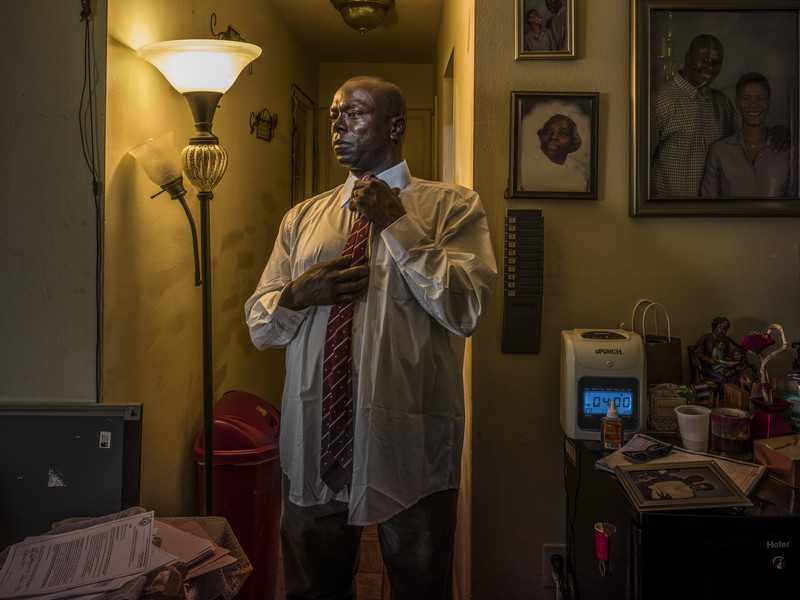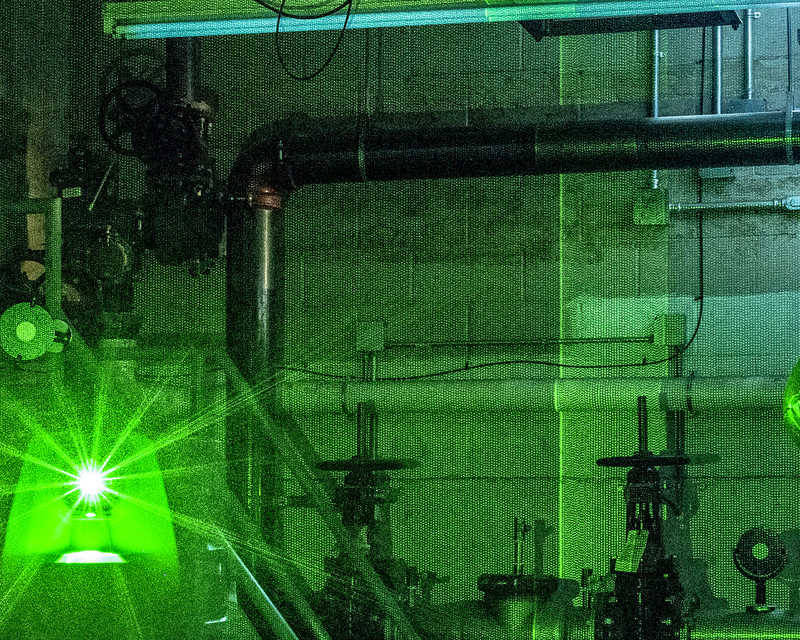The Trouble With Forensic Science
© Max Aguilera-HellwegThe first time DNA was used in a police investigation was a Rape-Murder of two 15 year old girls that took place n the United Kingdom, three years distance apart, in 1983 and 1986. What linked their two cases, was the location of their murders, just a few hundred yards apart, the age of the girls, and the manner in which their murder and rape took place. The police had not a single suspect in the 1983 case, but they were quick to make one for the 1986 case-- a boy with learning difficulties who knew the girl who who had just been murdered and knew some intimate details about the murder. Under questioning, the boy admitted to the murder in the 86' case, but not the one from 1983, he flatly denied it, and then just as quickly would deny any involvement in the 86 case as well. Geneticist Alec Jeffries, who had recently discovered DNA Profiling, that a genetic fingerprint could be recovered from the scene of a crime, performed from very small samples of genetic material-- hair, blood, skin, semen-- recovered from a crime scene, and that "genetic fingerprint," would result from this test, identifying the source/suspect in a crime, with scientific statistical accuracy of one in one billion or one in ten billion depending on how you look at it, of making a coincidental match, was brought onto the case. He compared the DNA fingerprint of the boy with learning difficulties, and compared it to DNA they still retained from the 1983 case and the 1986 rape evidence. Jeffries DNA testing revealed that a single suspect raped both girls, but the boy with learning abilities was not rapist. The first forensic use of DNA testing was an exoneration, not a conviction. A short while after the boy was let go, another suspect was identified, his DNA matched, and the first DNA conviction went down.


In 1987, the first use of DNA in a US court took place, an MIT scientist testifying to the veracity of DNA in the trial of a serial rapist in Florida, and stated to the jury, DNA had "the same certainty of identification as fingerprints.” Today, the validity of fingerprints is a serious question in science and in the courts, and DNA is the gold standard. As DNA convictions began to mount, so have the exonerations. Behind the exonerations are wrongful convictions. The number one cause of wrongful convictions, as much as 75% of all DNA exonerations, is caused by Eye witness Misidentification. The number two cause, as much as 50% of all wrongful convictions, is flawed forensic science. In 2005, a worried Congress commissioned the National Academy of Sciences to study the state of forensic science in the United States. The 2009 NAS report was watershed— but for DNA and toxicology, the report was an indictment, the various disciplines of forensic science had no foundation in science at all. Recommendations were made, but change have been slow and painful throughout the forensic community, even for DNA— if a lab can’t maintain strict standards there can be problems.
Late last year, at the bequest President Obama to study the matter, his Council of Advisors on Science and Technology (PCAST) published a report on forensic science and it's ability to ensure scientific validity, and said that despite the 2009 NAS report that called for systemic changes across the board in the Forensic Science, that there remains scant scientific underpinning to a number of forensic practices which rely heavily on the subjective determinations of its practitioners. "Where there are not adequate empirical studies and/or statistical models to provide meaningful information about the accuracy,” the report concludes, “DOJ attorneys and examiners should not offer testimony based on the method.” In the event that testimony is necessary, the report says, the expert should “clearly acknowledge to courts” the lack of scientific evidence to support the underlying forensic practice. Each forensic discipline must be based on research and studies that are “repeatable, reproducible, and accurate." The PCAST report was received by much criticism by the justice department and law enforcement. And that was before Obama left office.
Attorney General Jeff Sessions, who has a record of condemning reports without reading them, was a senator on the Senate Judiciary Committee and was part of the hearings to address the National Academy of Sciences report when it was published back in 2009. When witnesses noted that there was no scientific research to support the field of handwriting analysis, Sessions remarked, “Well, I’ve seen them testify and I’ve seen blow-ups of the handwriting, and it’s pretty impressive.” Who are you going to believe, a team of scientists, or Jeff Sessions’s sense of wonder?
On April 10, this Attorney General Jeff Sessions ordered the Justice Department to end the forensic science commission (PCAST) a roughly 30-member advisory panel of scientists, judges, crime lab leaders, prosecutors and defense lawyers chartered by the Obama administration in 2013 to raise forensic science standards; and has suspended an expanded review of FBI testimony across several techniques that have come under question, saying a new strategy will be set by an in-house team of law enforcement advisers.
click to view the complete set of images in the archive












